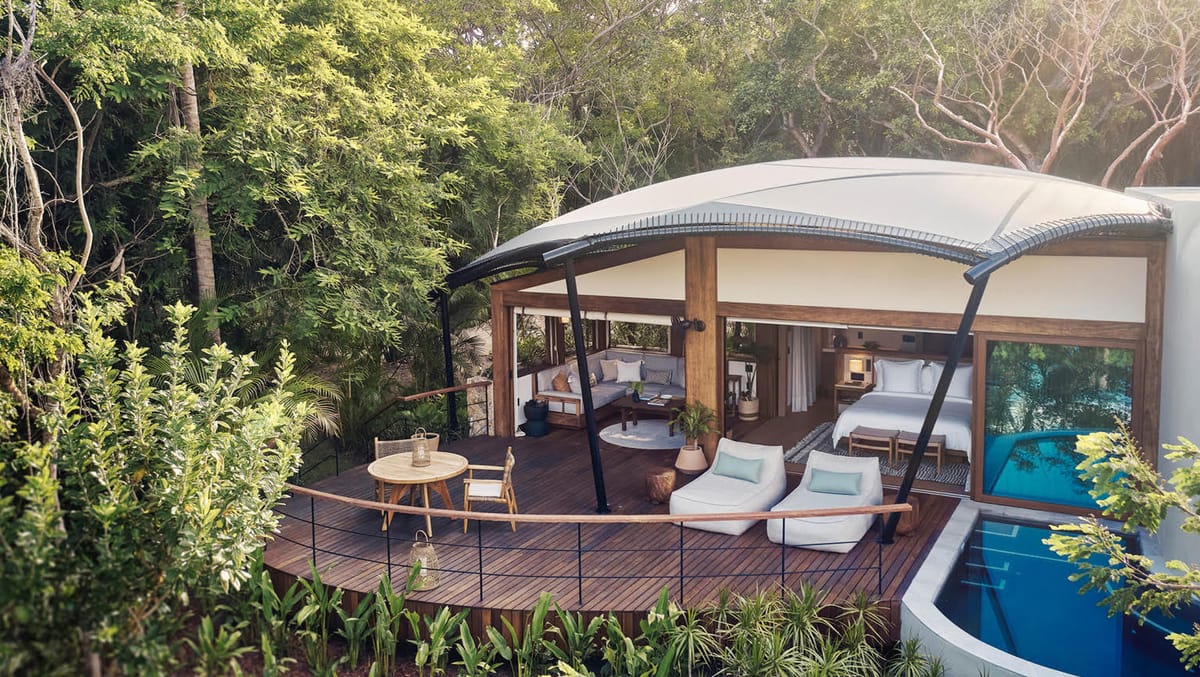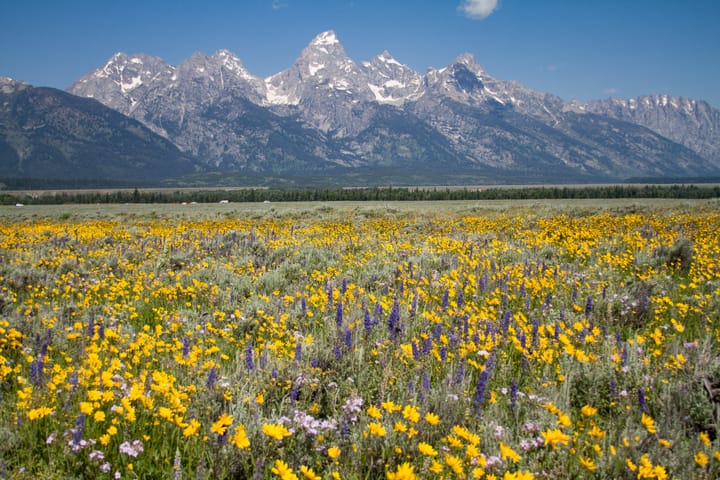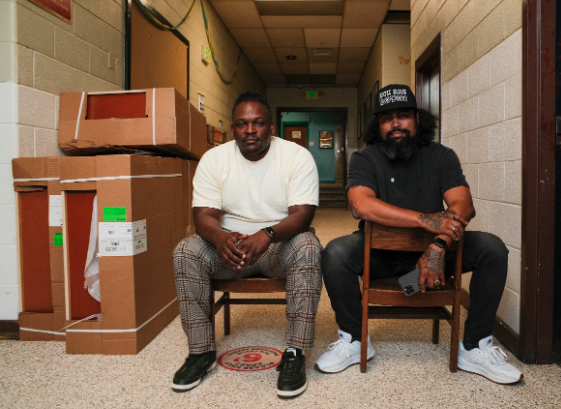'It’s about creating moments of decompression'
Kona Gray talks space, design and the importance of intentional moments

A version of this story first appeared in the Mint Pillow newsletter. To get it in your inbox, sign up for free by clicking here.
By Jennifer Glatt | Mint Pillow
Kona Gray, principal at Fort Lauderdale-based planning and landscape architecture firm EDSA, has a passion for creating spaces that inspire and connect communities. With decades of experience in landscape architecture in more than 30 countries, he blends creativity with strategic thinking to shape environments that are both beautiful and functional. His work spans the globe, from urban developments to resort destinations, always with a focus on sustainability and cultural authenticity. Here, he shares how a property’s history and character informs its physical identity and why designing with nature is essential for connection and even profitability. - Jennifer Glatt
How do you approach landscape design to reflect the unique identity and culture of a boutique or independent hotel?
Designing landscapes for boutique hotels is about crafting environments that reflect the property's unique identity, Gray notes. Design begins with a deep understanding of each location’s history and character, which provides a foundation for designs that are not only beautiful, but meaningful and rooted in place, he explains. Every site has its own unique character, and it’s this uniqueness that tells the story and helps a place endure the test of time. For boutique hotels, the goal is to craft special moments for guests to enjoy. For example, at Naviva, a Four Seasons Resort, EDSA’s design team really immersed themselves in the Huichol culture, incorporating elements that made the place special. From motifs throughout the site that pay homage to the region’s traditional monarch butterfly to the use of local materials such as permeable concrete and bamboo, every space and amenity is thoughtfully designed to offer guests an unforgettable experience.
How do you balance aesthetics, functionality and sustainability when designing outdoor spaces for hotels?
It’s not just about making things look good, it’s about ‘designing with nature’ and creating a deep, harmonious connection between the space and the environment that enhances the overall guest experience. The creative process behind these designs should be intentional and full of purpose, especially when working with nature. Understanding the land is fundamental to what we do, and when we approach a site with the mindset that the land itself can inspire, it shapes the entire design. By incorporating biophilic principles and aligning them with the needs of the end-users, outdoor spaces do more than just captivate—they promote wellness, encourage social interaction and can even boost revenue for our clients. When guests feel connected to nature, it elevates their experience and keeps them engaged with the space, which leads to longer stays, repeat visits and positive recommendations. This connection contributes to the hotel’s long-term success and profitability.
What elements are critical to creating intentional moments throughout hotels?
First and foremost, the design must be intentional—everything should reflect the hotel’s unique personality and its surroundings, rooted in both place-making and place-keeping. Guests are looking for experiences that evoke emotions they can’t find anywhere else, so we always aim to discover those distinct elements that make a space truly special and connected to its location. Place-making involves crafting spaces that forge a deep connection between guests and the environment, while place-keeping ensures those spaces stay true to their original essence over time. In addition, sensory experiences—sight, sound, smell and touch—are critical in forging emotional connections. I remember visiting one of EDSA’s projects, the 1 Hotel South Beach in Miami, with my wife, Kat. As we made our way from the pool area to the beach, we were struck by how magical that walk through the trees was. There are so many little spots where you can pause and take in the surroundings, offering moments of escape and connection. It’s these small journeys with loved ones, away from the crowds, that truly ground us.
How does landscape design help create welcoming public places that bring a strong sense of vitality to a property?
The key to creating inviting public spaces in boutique and independent hotels is designing areas that foster a sense of transformation. These hotels offer a unique opportunity to take guests on a journey, allowing them to move from one space to another, much like a metamorphosis. Thoughtfully incorporating elements encourages reprieve from the ordinary within outdoor spaces where guests can unwind and engage with the environment. And, whether at a destination resort or an urban hotel, it’s about creating moments of decompression—a chance to breathe before stepping into the hotel. Even simple features, like a courtyard with water or the scent of flowers, can provide that sense of calm. Blurring the lines between indoor and outdoor spaces creates a lasting connection to nature, offering guests a fresh way to experience their surroundings. For example, rooftop decks and podiums open to the public enhance the guest experience while providing a new community amenity. Often overlooked in urban environments, opening these spaces not only transforms the guest experience but also fosters a sense of connection and engagement within the community.
What trends do you see shaping the future of landscape architecture in hospitality?
The future of landscape architecture in hospitality is all about creating unique experiences that emphasize outdoor spaces to celebrate the greatness that already exists. It’s about crafting multi-generational, memorable moments. When you have the chance to offer a one-of-a-kind experience, that’s where the real value lies. That said, the return to nature is becoming a defining element in design, with a growing emphasis on integrating natural elements and sustainability into hospitality properties. While this trend is nothing new to landscape architects, it’s exciting to see hotel developers and operators prioritizing green spaces, biophilic design and environmental responsibility as key factors in their projects. Flexible open spaces, outdoor wellness areas and additional environmentally driven amenities are becoming not just a want, but a need, for hoteliers who want to be successful for the long term.
This trend is shifting the focus from purely aesthetic appeal to creating environments that foster a deeper connection between people and the natural world. Designers are increasingly blending the built environment with nature to create spaces that promote wellness, relaxation, and a sense of calm. The inclusion of biophilic design principles, which prioritize human connections to nature, is driving this movement, especially in hotels and resorts. In addition, there’s a growing focus on repositioning and renovating existing properties, as there remains significant value in reimagining older properties, enhancing their design, functionality, and overall guest experience, as opposed to starting from scratch. Take The Boca Raton, for example, which has been reimagined to enhance its outdoor areas, offering a fresh, modern look while preserving its historical charm. This approach, which we see as a kind of rebirth for properties, allows for the refinement and elevation of what already exists, making it more relevant to today’s travelers.
This interview has been edited for brevity and clarity.
Above: Naviva, a Four Seasons Resort in Punta Mita, Mexico. (Courtesy of EDSA)
💯 Enjoying Mint Pillow? Share it with a friend!
👋 Have a story idea or want to say hello? Email us at newsletter@mintpillow.co




